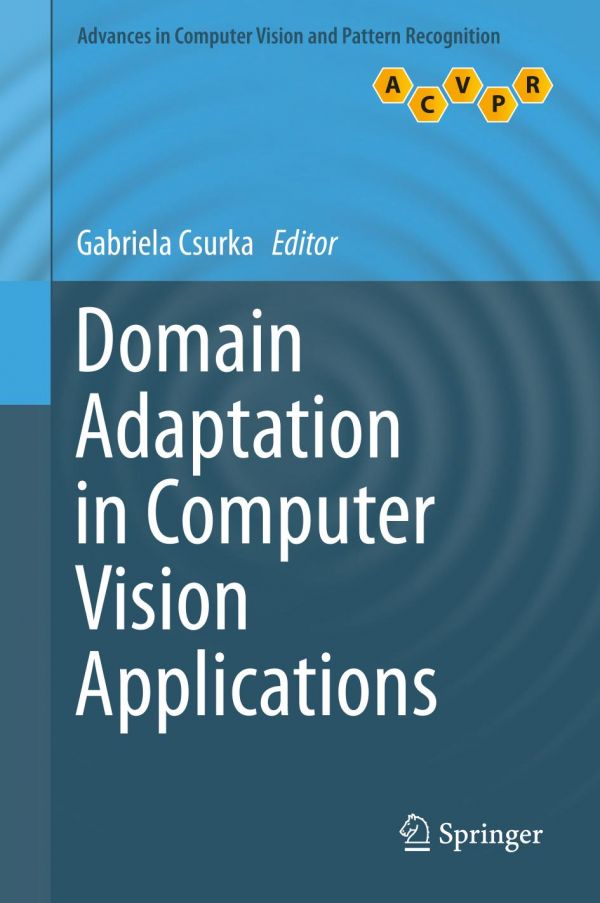

Most ebook files are in PDF format, so you can easily read them using various software such as Foxit Reader or directly on the Google Chrome browser.
Some ebook files are released by publishers in other formats such as .awz, .mobi, .epub, .fb2, etc. You may need to install specific software to read these formats on mobile/PC, such as Calibre.
Please read the tutorial at this link: https://ebookbell.com/faq
We offer FREE conversion to the popular formats you request; however, this may take some time. Therefore, right after payment, please email us, and we will try to provide the service as quickly as possible.
For some exceptional file formats or broken links (if any), please refrain from opening any disputes. Instead, email us first, and we will try to assist within a maximum of 6 hours.
EbookBell Team

4.8
64 reviewsThis comprehensive text/reference presents a broad review of diverse domain adaptation (DA) methods for machine learning, with a focus on solutions for visual applications. The book collects together solutions and perspectives proposed by an international selection of pre-eminent experts in the field, addressing not only classical image categorization, but also other computer vision tasks such as detection, segmentation and visual attributes.Topics and features: surveys the complete field of visual DA, including shallow methods designed for homogeneous and heterogeneous data as well as deep architectures; presents a positioning of the dataset bias in the CNN-based feature arena; proposes detailed analyses of popular shallow methods that addresses landmark data selection, kernel embedding, feature alignment, joint feature transformation and classifier adaptation, or the case of limited access to the source data; discusses more recent deep DA methods, including discrepancy-based adaptation networks and adversarial discriminative DA models; addresses domain adaptation problems beyond image categorization, such as a Fisher encoding adaptation for vehicle re-identification, semantic segmentation and detection trained on synthetic images, and domain generalization for semantic part detection; describes a multi-source domain generalization technique for visual attributes and a unifying framework for multi-domain and multi-task learning.
This authoritative volume will be of great interest to a broad audience ranging from researchers and practitioners, to students involved in computer vision, pattern recognition and machine learning.